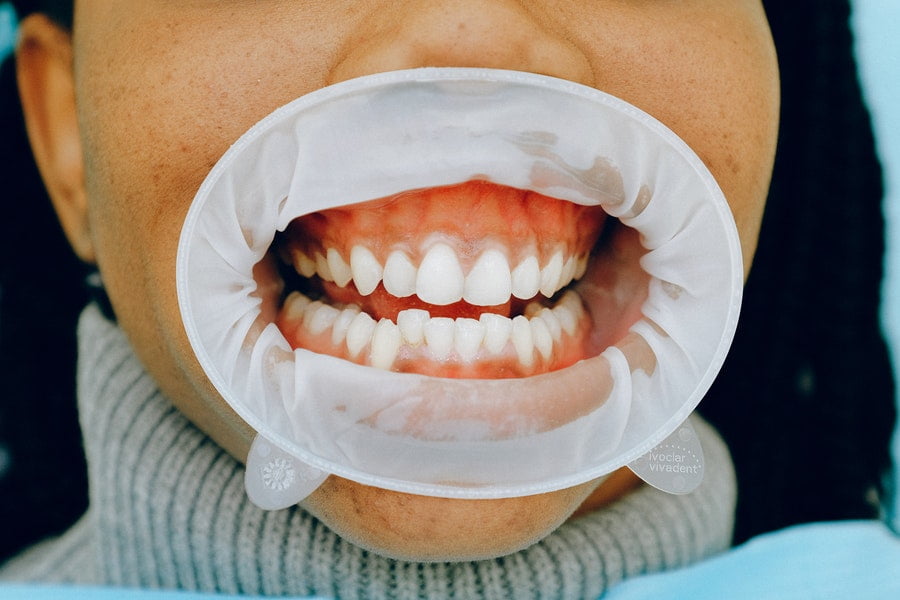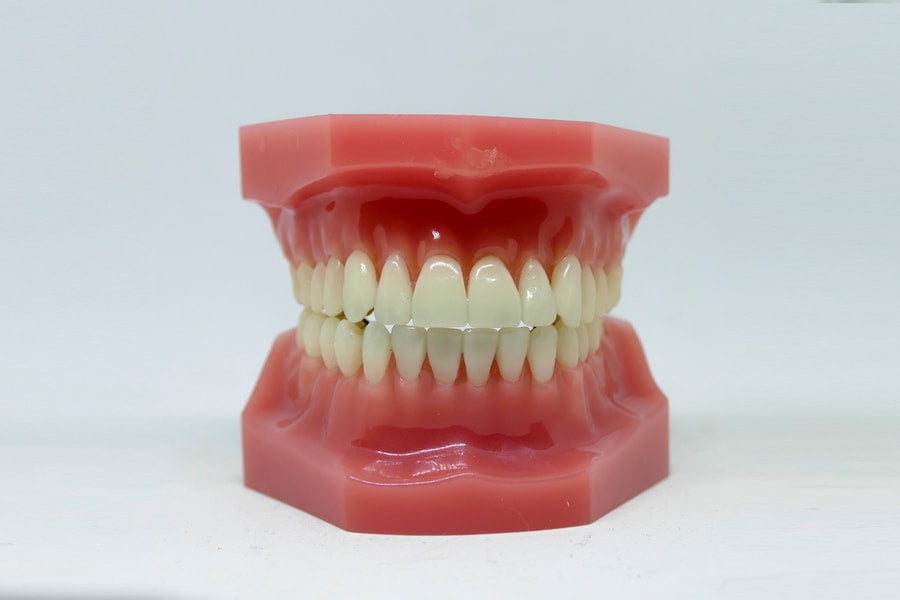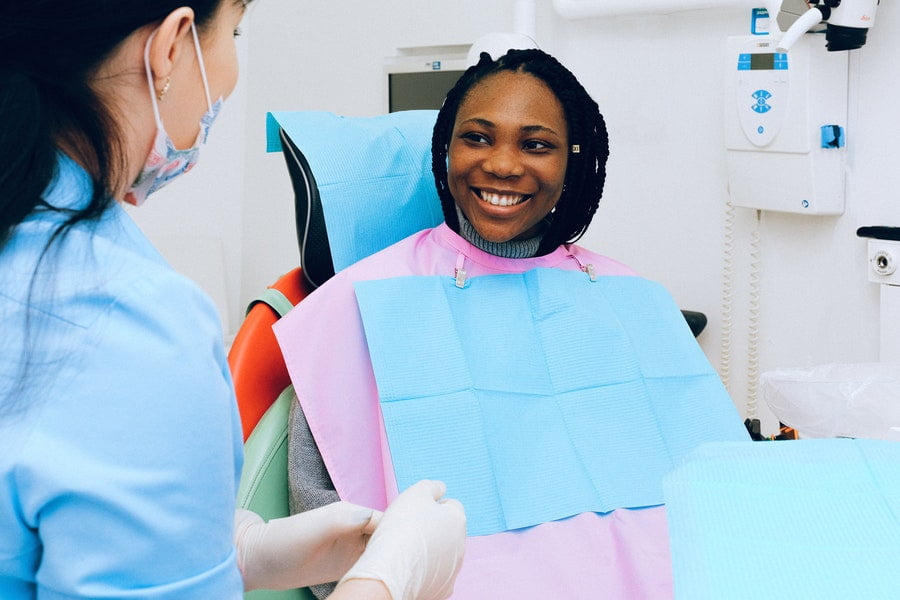There are many types of teeth stains. Coffee, cigarettes, and red wine are some of the most common. Yellow teeth are also a sign of aging.
Teeth whitening is a common procedure to remove these types of stains. There are many over-the-counter and professional treatments, wellness tips available.
The accumulation of persistent stains on teeth leads to tooth discoloration, which turns your sparkling whites into teeth that are a darker shade of color.
Naturally, dental stains might make you feel uneasy about smiling in public because they can harm your confidence in smiling. Aging is one of the reasons for discoloration. To maintain your teeth clean and brilliant has more to do with how you take care of them and the way you live.
Types of teeth stains

Surface stains, real changes in the material of your teeth, or a mix of the two can all lead to tooth discoloration. Three major types of teeth stains have been distinguished by dental professionals:
- Extrinsic Teeth Stains: A surface stain on a tooth is an extrinsic tooth stain. It happens when staining substances, such as colored food or drink residue, accumulate in the protein-based coating that protects tooth enamel. Extrinsic teeth stains are often brought on by drinking coffee, tea, wine, or carbonated beverages frequently or by using tobacco products. Regular dental cleanings and using whitening toothpaste to brush the teeth are effective treatments for this kind of tooth stain.
- An intrinsic tooth stain is a stain that extends below the tooth’s surface. It happens when stain-causing particles penetrate the tooth’s outer layer and gather inside the tooth enamel. The use of fluoride in excess has also been linked to illness, particularly in young children. It is more difficult to get an intrinsic tooth stain out, but it is possible. A chemical teeth-whitening product like Whitestrips or other professional or over-the-counter options may be needed to bleach an intrinsic tooth stain.
- Age-Related Teeth Stains: The effects of both intrinsic and extrinsic tooth discoloration are combined in age-related teeth stains. Teeth darken as you age because the dentin, the tooth’s basic tissue, naturally ages. The tooth’s protective enamel thinning with age makes the dentin more visible. The majority of individuals’ teeth will yellow with age due to these intrinsic reasons for discoloration as well as external factors including the effects of specific meals, beverages, and smoke.
Stained Teeth Causes

Numerous factors can produce teeth stains. As we’ve discussed, many foods and beverages can stain teeth, and tooth discoloration can also result from a number of biological reasons, such as the transparency of your tooth enamel.
There are several reasons why teeth get discolored, some of which may have been avoidable, while many others are out of your control. You can use this extensive list to identify the root of tooth discoloration and, in many situations, to stop further tooth deterioration:
- Food & Drink: Red wine, dark sodas, coffee, tea, and even some fruits and vegetables have all been linked to stained teeth.
- Tobacco: Smoking cigarettes and using chewing tobacco both have the potential to stain teeth.
- Oral Care: Discolored teeth can result from poor dental care, such as insufficient brushing or flossing.
- Trauma or Illness: Discolored teeth can result from any injury, ailment, or disease that impairs a child’s enamel development, whether it occurs in the womb or while the tooth is still developing (under the age of 8). Discolored teeth can also result from trauma to adult teeth. Additionally, a few illnesses and medical procedures might result in stained teeth. For instance, radiation and chemotherapy can stain teeth.
- Medical Interventions: Several groups of pharmaceuticals, including antihistamines, chemotherapy, high blood pressure medications, and some antipsychotic drugs, can stain teeth. Other times, medical procedures themselves might contribute to tooth discoloration.
How to remove teeth stains

If you have dental care, stains on your teeth can be removed. Professional dental cleanings are advised, among other treatments, to start removing those stains and reveal the brilliance of your smile.
Fortunately, there are numerous ways to cure stains on teeth. By following an oral hygiene regimen that includes twice-daily brushing and flossing, twice-yearly trips to the dentist, and minimizing your intake of beverages that stain your teeth, you can keep your teeth healthy and looking wonderful. They will continue to seem whiter and brighter with routine whitening care.
There are numerous secure, over-the-counter teeth-whitening treatments available to assist you to transform your stained teeth into a stunning white smile, regardless of the kind of tooth discoloration you have. Consult your dentist for advice on the best teeth-whitening procedure to address the discoloration and stains on your teeth that are caused by aging.
Here are some other suggestions in between professional dental cleanings:
- After every meal, rinse your mouth to remove any food particles still present.
- To ensure that your mouth is clean before bed, brush and floss your teeth, especially at night.
- Ask your dentist if you can brush your teeth with whitening toothpaste.
- To make your enamel more stain-resistant, drink water frequently. Reduce the amount of sugar in acidic beverages and sodas.
- Quit smoking completely since it is easy for tobacco to discolor teeth.
- Schedule routine teeth cleanings at the dentist.
Maintaining a healthy oral hygiene routine is crucial, but sometimes it’s hard to make time for a professional dental cleaning. Here are some other suggestions in between professional dental cleanings:
After every meal, rinse your mouth with water or mouthwash. This will help get rid of any food particles that may be left in your teeth and gums.
Brush your teeth at least twice a day with fluoride toothpaste. Be sure to brush on the inside surfaces of your teeth and to use a gentle circular motion.
Floss at least once a day. Flossing helps remove plaque and bacteria from between your teeth and below the gum line where your toothbrush can’t reach.
See your dentist regularly for check-ups and cleanings.
Teeth can become stained for a variety of reasons, from drinking coffee and tea to smoking cigarettes. There are three main types of teeth stains: intrinsic, extrinsic, and age-related. Intrinsic stains are caused by the natural pigmentation of the tooth enamel. Extrinsic stains are caused by external factors such as food or tobacco products.
Age-related stains are a natural result of the aging process. Each type of teeth stains requires a different approach to removal. Intrinsic stains can be removed with a bleaching agent that is applied directly to the teeth. Extrinsic and age-related stains can be removed with a combination of bleaching agents and dental scaling and polishing. Scaling removes plaque and tartar from the teeth stains, while polishing removes surface staining.

